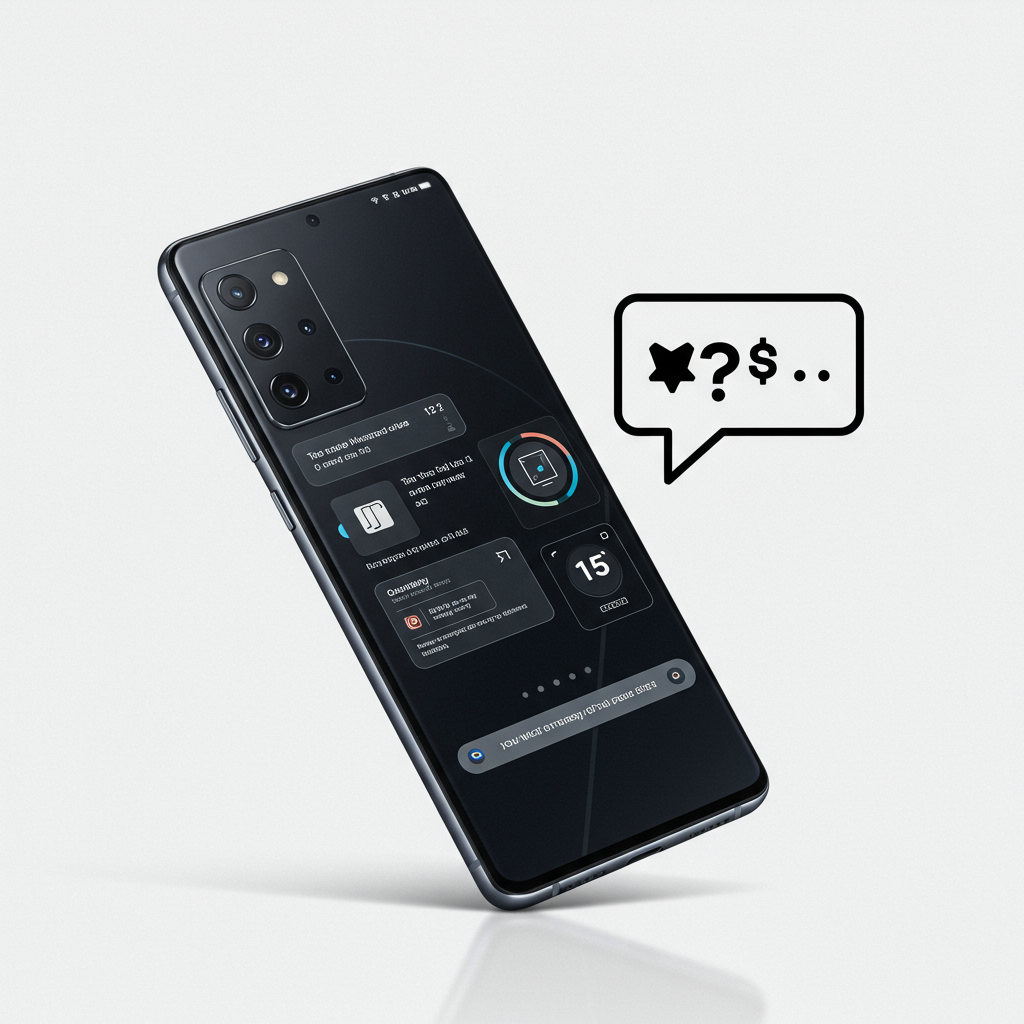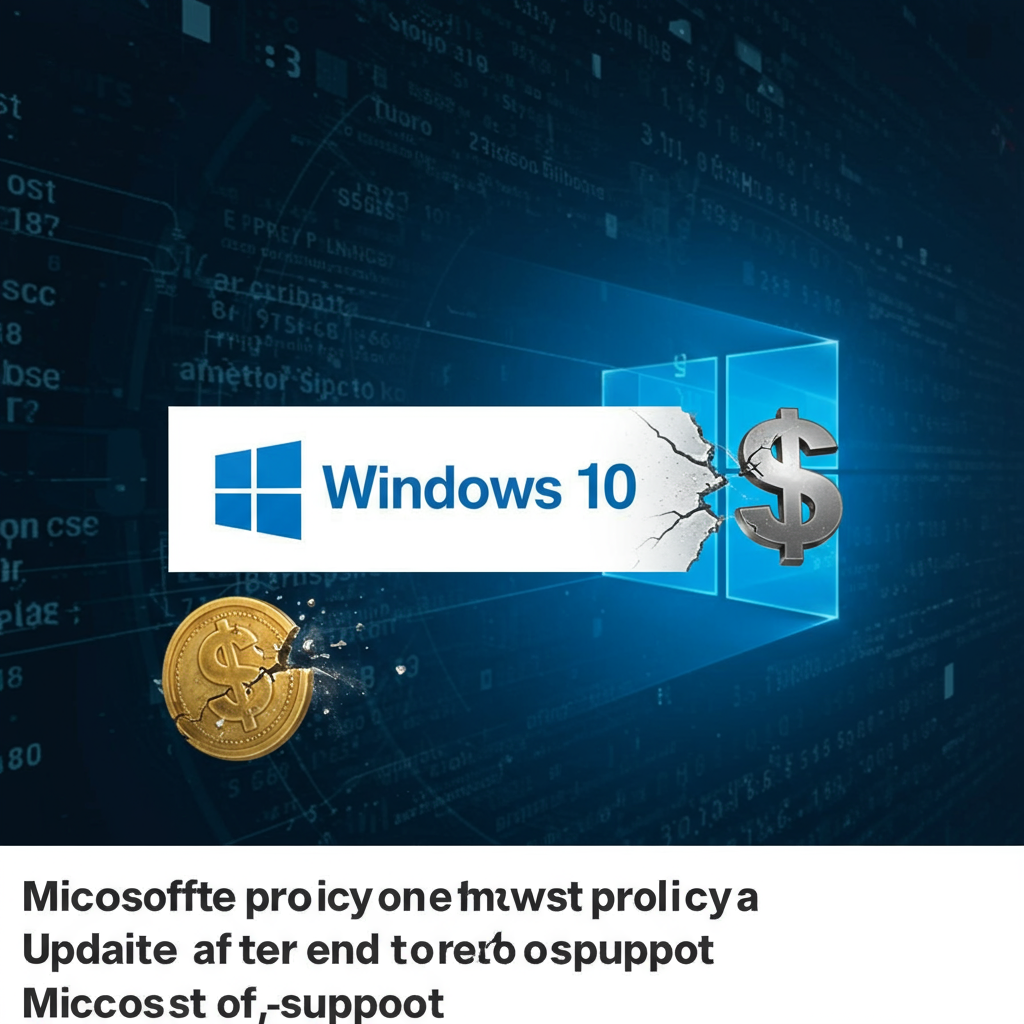Apple ushers in a new era of digital defense with Memory Integrity Enforcement (MIE), a monumental leap in device security. This industry-first, always-on protection integrates Apple silicon hardware with advanced operating system security. MIE offers unparalleled memory safety across devices, including the new iPhone 17 and iPhone Air, all without compromising performance. Many experts consider this the most significant upgrade to memory safety in consumer operating system history.
At its core, MIE confronts sophisticated threats like mercenary spyware. These elusive attacks, though targeting a small fraction of users, represent the pinnacle of cybercrime. They demand millions of dollars to develop and exploit memory safety vulnerabilities, a common weakness found across various operating systems. Apple’s MIE is specifically engineered to disrupt these high-stakes exploit chains, making them immensely more expensive and difficult to maintain.
Combating the Mercenary Spyware Threat
For years, iPhone has maintained a strong defense against widespread malware. The only system-level iOS attacks seen in the wild stem from highly complex mercenary spyware. These state-sponsored operations develop exploit chains that cost millions, targeting a very small number of specific individuals. These advanced capabilities, which mirror tactics used against Windows and Android, exploit interchangeable memory safety vulnerabilities. MIE directly addresses this critical attack vector.
Apple’s sustained commitment to memory safety spans years. Early efforts included creating Swift, an easy-to-use, memory-safe programming language for new code. In iOS 15, Apple introduced kalloc_type, a secure memory allocator for the kernel. iOS 17 followed with xzone malloc, its user-level counterpart, alongside WebKit’s libpas. These allocators cleverly use type information, organizing memory to make exploitation of corruption vulnerabilities inherently difficult.
The Power of Hardware-Software Integration
In 2018, Apple pioneered Pointer Authentication Codes (PAC) in the A12 Bionic chip. This hardware-backed mechanism protected code flow integrity against memory corruption. PAC’s success solidified Apple’s belief: deep integration of software and hardware security is key to overcoming the greatest security challenges. This conviction spurred a half-decade design effort, culminating in MIE.
Arm initially published the Memory Tagging Extension (MTE) specification in 2019. It aimed to help developers find memory corruption bugs. MTE tags memory allocations with a secret, blocking access if the secret doesn’t match. While a valuable debugging tool, Apple’s rigorous evaluation found MTE lacking as a real-time defense. This led to a critical collaboration with Arm, resulting in the Enhanced Memory Tagging Extension (EMTE) specification in 2022.
Apple recognized EMTE’s potential but understood its full realization required a synchronous, always-on implementation. This demanding requirement meant significant investment across Apple silicon, operating systems, and software frameworks. The goal was to transform EMTE from a debugging aid into a groundbreaking security feature without impacting device performance.
How Memory Integrity Enforcement Works
Memory Integrity Enforcement (MIE) is a comprehensive defense, combining secure memory allocators with EMTE in synchronous mode. Extensive Tag Confidentiality Enforcement policies further bolster its strength. MIE is built directly into the Apple hardware and software of iPhone 17 and iPhone Air models. It delivers unparalleled, always-on memory safety for key attack surfaces, including the kernel and over 70 userland processes. Developers can also leverage EMTE in Xcode as part of the new Enhanced Security feature.
MIE’s defense begins with secure allocators such as kalloc_type and xzone malloc. These use type information to organize memory allocations, thwarting use-after-free and out-of-bounds bugs. Attackers often try to create overlapping memory interpretations by controlling specific allocation positions. Type-aware placement policies fundamentally disrupt these techniques, providing robust software-level protection.
Precision Defense with Enhanced Memory Tagging
While allocators excel at page-level protections (16KB on iOS), they are too coarse for smaller allocations within the same “type bucket.” This is where EMTE steps in. For buffer overflows, the allocator tags neighboring allocations with different secrets. If an access spills into an adjacent, differently tagged memory region, the hardware blocks it. The operating system then terminates the process, preventing further damage.
EMTE also tackles use-after-free vulnerabilities. When memory is freed and reused, the allocator retags it with a new secret. Any subsequent attempt to access that memory using its old tag will be instantly blocked by the hardware. This proactive measure prevents attackers from exploiting stale memory references. A significant EMTE improvement addresses a weakness in original MTE: accessing non-tagged memory from a tagged region now requires knowing that region’s tag. This makes it far harder for attackers to bypass EMTE by directly modifying global variables.
Fortifying Against Advanced Threats
Tag Confidentiality Enforcement (TCE) is another crucial pillar of MIE. It protects the integrity of secure allocators and safeguards EMTE tags against sophisticated side-channel and speculative-execution attacks. To protect kernel allocator backing stores and tag storage, Apple employs the Secure Page Table Monitor. This provides strong guarantees, even against kernel compromises. Kernel memory access on behalf of applications is also subject to the same strict tag-checking rules as userspace.
Speculative execution attacks pose a unique challenge. Modern CPUs predict instruction execution for speed. If a prediction is wrong, the CPU discards it, but observable effects can still leak system data. For example, speculative evaluation of Pointer Authentication Codes (PAC) previously exposed timing differences. Apple’s silicon implementation for MIE ensures tag values cannot influence speculative execution in any way. This design prevents vulnerabilities like StickyTags and TikTag, which exploited MTE on Google Pixel devices to bypass security in Chrome and the Linux kernel.
Apple also addresses Spectre variant 1 (V1), a speculative-execution vulnerability capable of leaking data, including MIE tag values. Traditional Spectre V1 mitigations carry prohibitive CPU costs. Apple developed a near-zero CPU cost mitigation that limits Spectre V1’s effective reach. This forces attackers to contend with type segregation, making Spectre V1 exploitation impractical.
MIE and Crypto Security: A Game Changer, Not a Panacea
MIE significantly strengthens crypto security on Apple devices. Cybersecurity experts like Hacken suggest MIE can block approximately 70% of memory corruption flaws often exploited in zero-day attacks, which frequently target sensitive applications like crypto wallets. By safeguarding against out-of-bounds access and use-after-free errors, MIE makes it substantially harder and costlier for attackers to develop spyware aiming to drain crypto funds.
However, MIE has important limitations. It does not protect against phishing attacks, social engineering, or malicious websites. Users can still be tricked into divulging credentials or authorizing fraudulent transactions. MIE also doesn’t patch vulnerabilities in third-party applications interacting with crypto wallets. A multi-layered security strategy remains essential. Users and fintech startups must combine MIE with strong multi-factor authentication, end-to-end encryption, real-time AI-powered fraud detection, and continuous monitoring.
Unprecedented Engineering and Validation
Realizing MIE demanded an extraordinary investment in Apple silicon resources – CPU area, speed, and memory for tag storage – more than ever before. All new operating system elements, including secure allocators, EMTE, and tag confidentiality, were designed jointly with hardware.
To optimize performance, MIE first leverages secure allocators. EMTE then precisely protects smaller, individual allocations within a type bucket that software allocators cannot defend alone. This precision allows Apple to accurately model tag-checking demands and design silicon to meet them. This also allows deployment of memory safety improvements to older iPhone generations that do not support EMTE.
Apple’s offensive research team was integral from MIE’s inception (2020-2025). They continuously analyzed and attacked the system, from theoretical exploitation avenues to practical attacks on hardware prototypes. This proactive engagement allowed Apple to identify and eradicate entire attack strategies before attackers could discover them.
Evaluations pitted MIE against sophisticated mercenary spyware from the last three years. The conclusion was clear: MIE vastly reduces exploitation strategies. It cut off so many exploit steps that rebuilding chains, even with substantial effort, became impossible. MIE forces attackers to confront defenses early, leading to fragile chains where breaking one step often invalidates the entire strategy. MIE is also available to third-party developers in Xcode, safeguarding apps that are frequent entry points for attackers, such as social networks and messaging apps.
MIE in the Broader Security Landscape
Apple’s MIE sets a new benchmark in mobile device security. While similar memory integrity features exist in Windows 11 and Google’s Pixel 8 (with MTE), Apple’s implementation elevates EMTE from a debugging tool to a core, deeply integrated security mechanism. This comprehensive, always-on protection delivers groundbreaking security with minimal performance impact, remaining completely invisible to users.
Frequently Asked Questions
What is Apple’s Memory Integrity Enforcement (MIE) and why is it important?
Apple’s Memory Integrity Enforcement (MIE) is a groundbreaking, always-on security feature for devices like the iPhone 17 and iPhone Air. It integrates Apple silicon hardware with advanced operating system security to provide unparalleled memory safety. MIE is crucial because it directly combats sophisticated mercenary spyware attacks, which often exploit memory corruption vulnerabilities that are both costly and difficult to develop, protecting users from the most advanced digital threats.
How does MIE protect against advanced memory corruption exploits like use-after-free?
MIE protects against memory corruption exploits through a multi-layered approach. It combines secure memory allocators (like kalloc_type and xzone malloc) with Enhanced Memory Tagging Extension (EMTE) operating in synchronous mode. For use-after-free bugs, when memory is freed and then reallocated, EMTE retags that memory. Any subsequent attempt to access the memory using its old, incorrect tag is immediately blocked by the hardware, preventing attackers from exploiting stale memory references.
Does Memory Integrity Enforcement (MIE) protect against all cyber threats, including for crypto wallets?
While MIE significantly enhances protection against memory corruption exploits, making it much harder for spyware to target sensitive apps like crypto wallets, it is not a complete solution for all cyber threats. MIE does not protect against phishing, social engineering, or vulnerabilities in third-party applications. For comprehensive crypto security, users must combine MIE with other measures like multi-factor authentication, end-to-end encryption, and vigilance against deceptive tactics.
Conclusion
Memory Integrity Enforcement is the culmination of Apple’s ambitious vision for memory safety. It represents a significant disruption to the mercenary spyware and surveillance industry, which has relied on exploiting memory corruption vulnerabilities for decades. With the iPhone 17 lineup and iPhone Air, MIE introduces the industry’s first comprehensive, always-on memory safety protection. By making exploit chains dramatically more expensive and difficult to develop, MIE is set to redefine the landscape of memory safety for Apple products and remains a monumental step forward in safeguarding user privacy and security.




